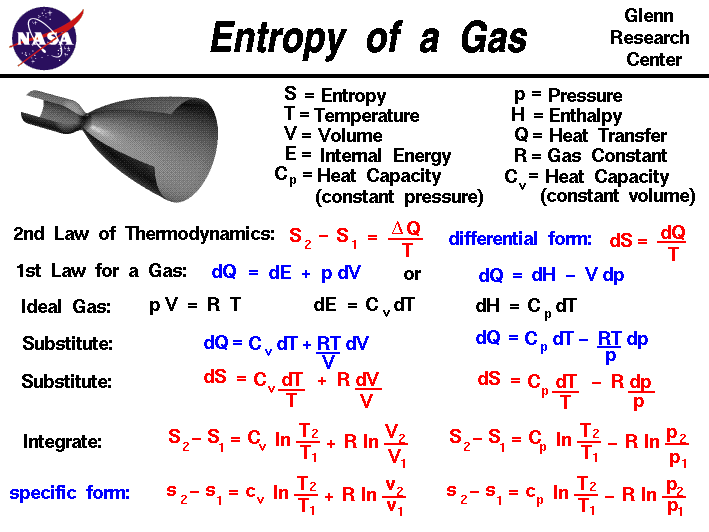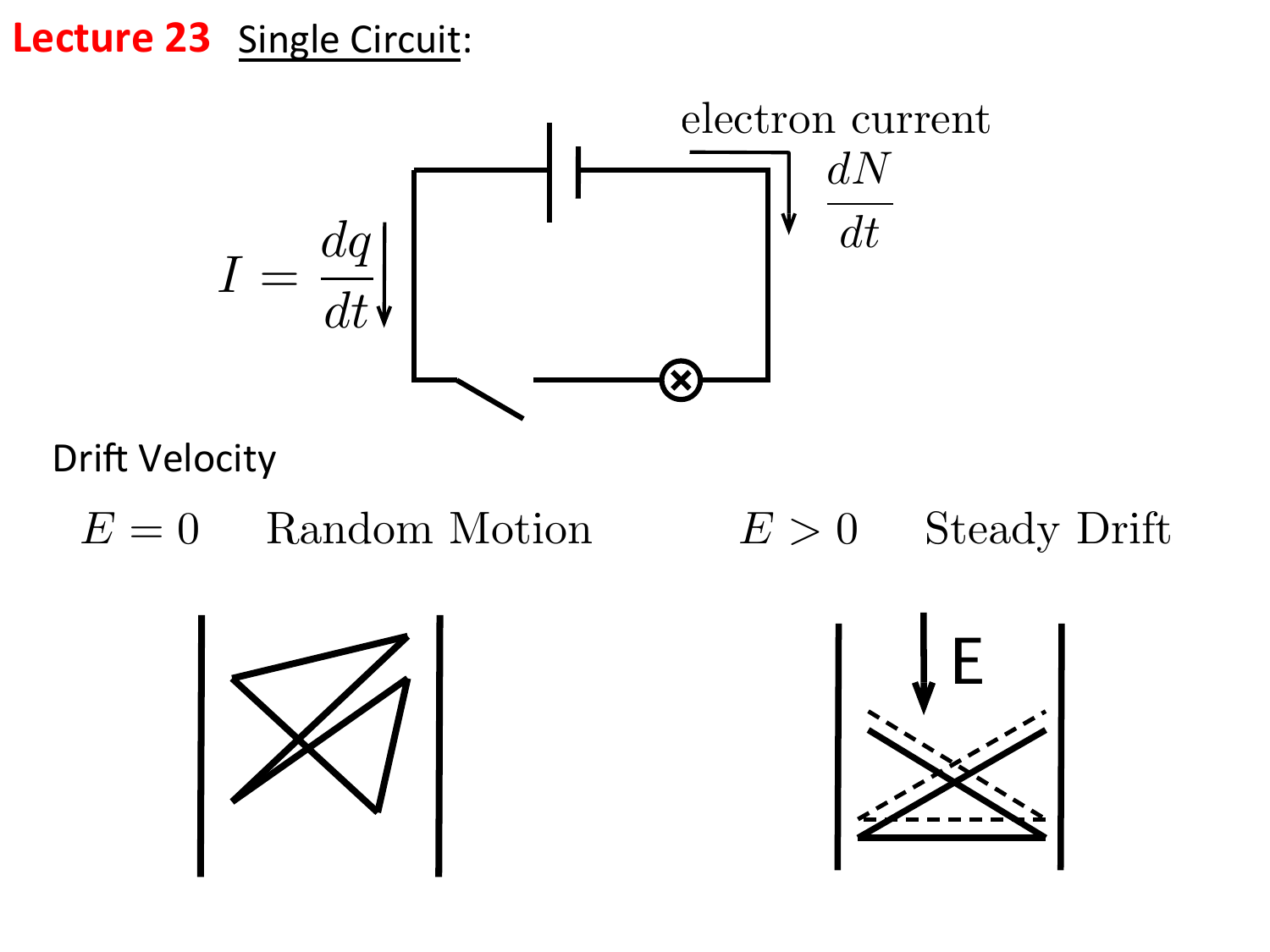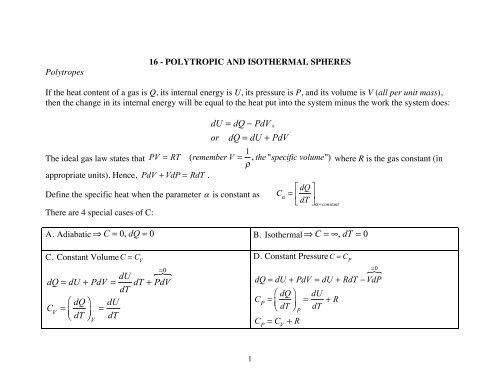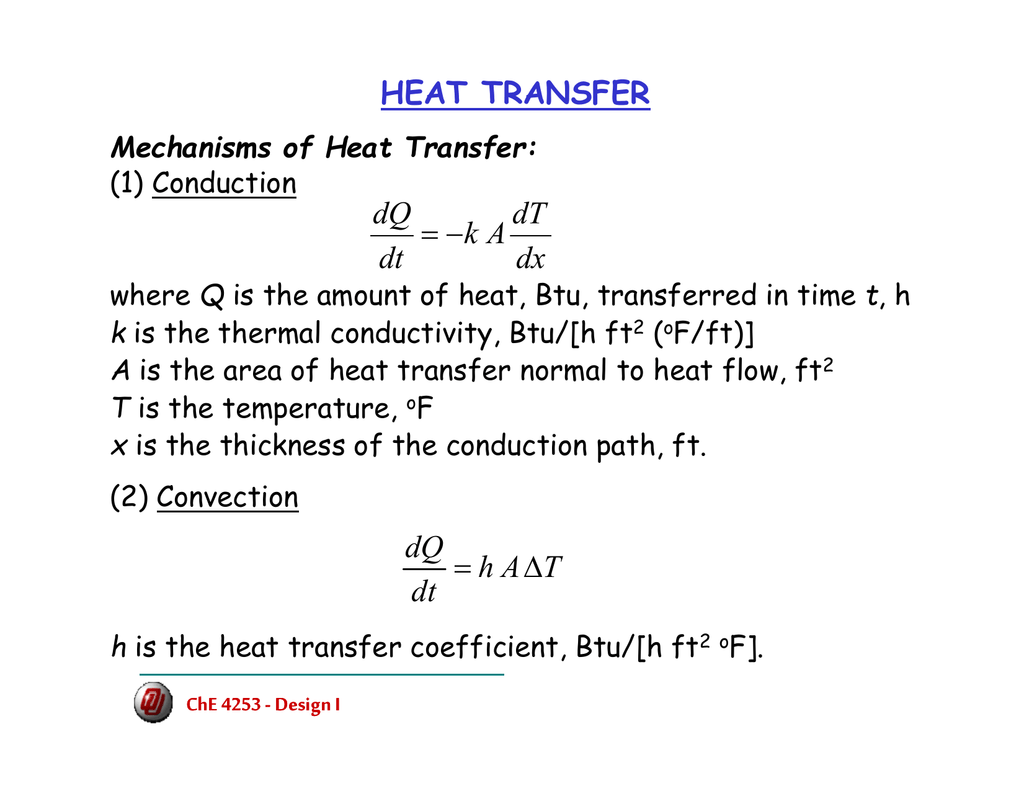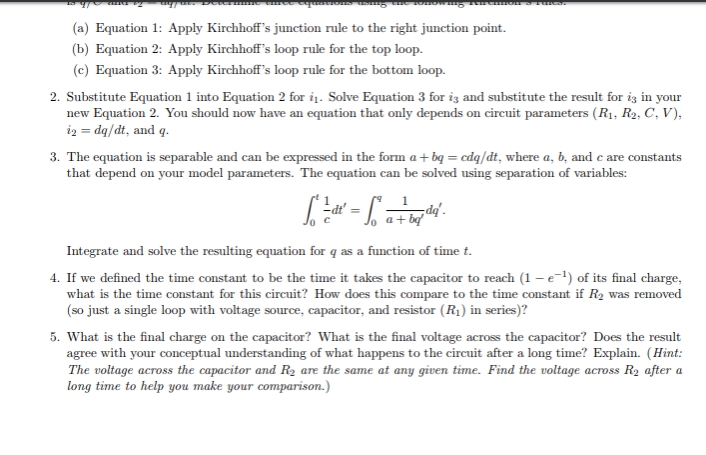The current i and charge q in a series circuit containing an inductance L, capacitance C e.m.f E satisfy the D.E. Ldi/dt + q/C = E, i = dq/dt· - Sarthaks eConnect

Introduction to Current In AP C Current I = dq/dt I: current in Amperes (A) q: charge in Coulombs (C) t: time in seconds (s) - ppt download
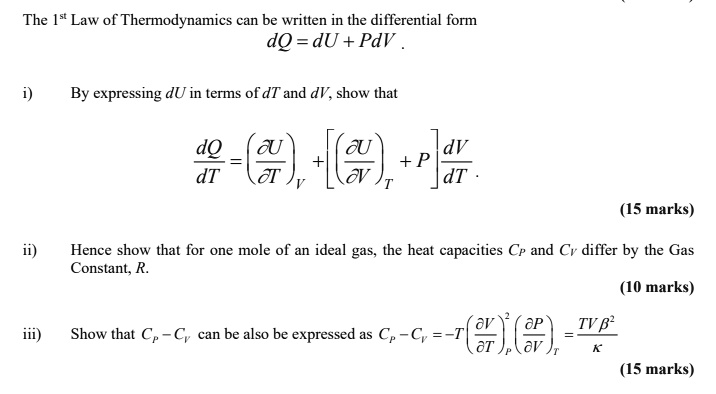
SOLVED: The 1st Law of Thermodynamics can be written in the differential form dQ = dU + PdV by expressing dU in terms of dT and dV. Show that dQ = Cp

Introduction to Current In AP C Current I = dq/dt I: current in Amperes (A) q: charge in Coulombs (C) t: time in seconds (s) - ppt download

SOLVED: The charge q(t) on a capacitor in an LRC-Series Circuit satisfies the second-order differential equation: d^2q/dt^2 + R*(dq/dt) + (1/(LC))*q = E(t) Where L is the inductance, R is the resistance,

Introduction to Current In AP C Current I = dq/dt I: current in Amperes (A) q: charge in Coulombs (C) t: time in seconds (s) - ppt download



